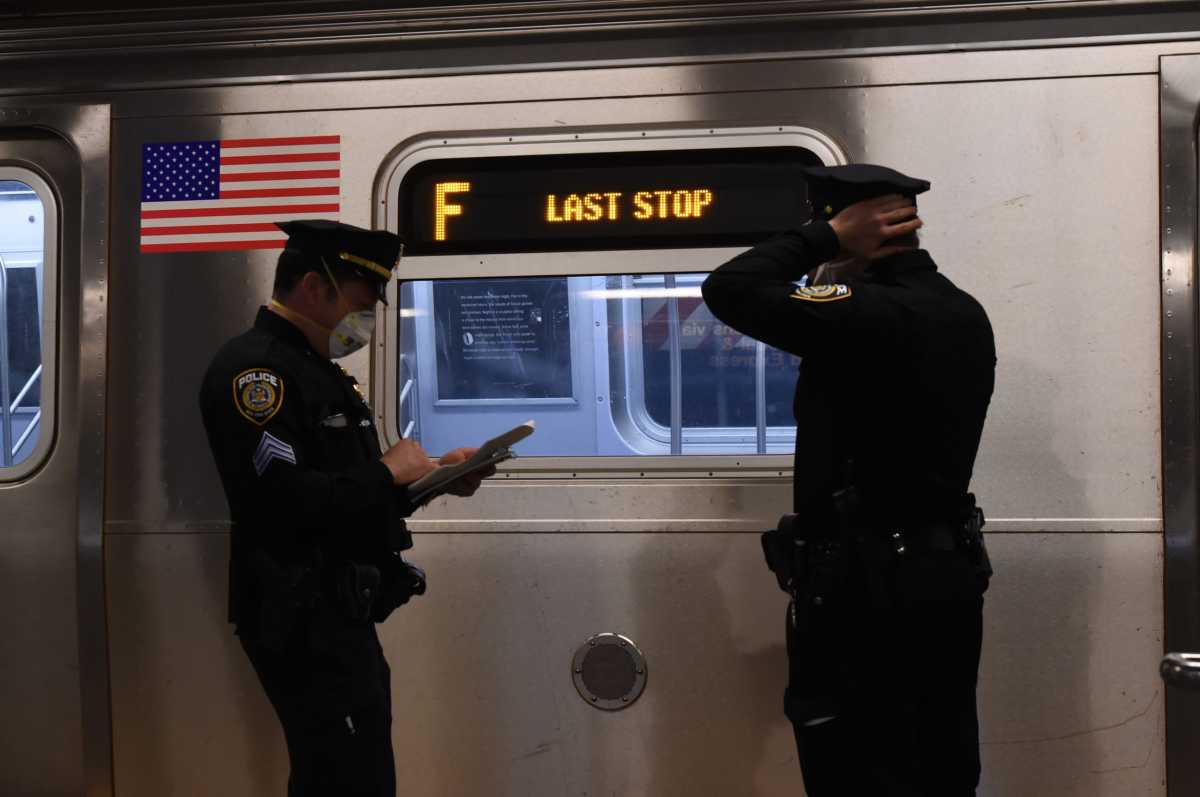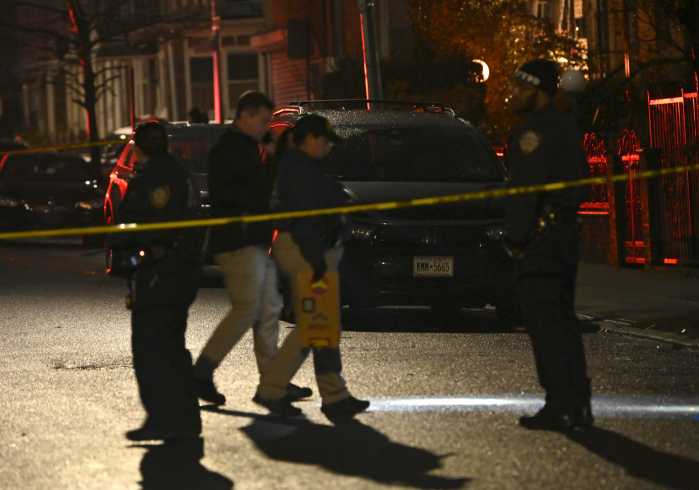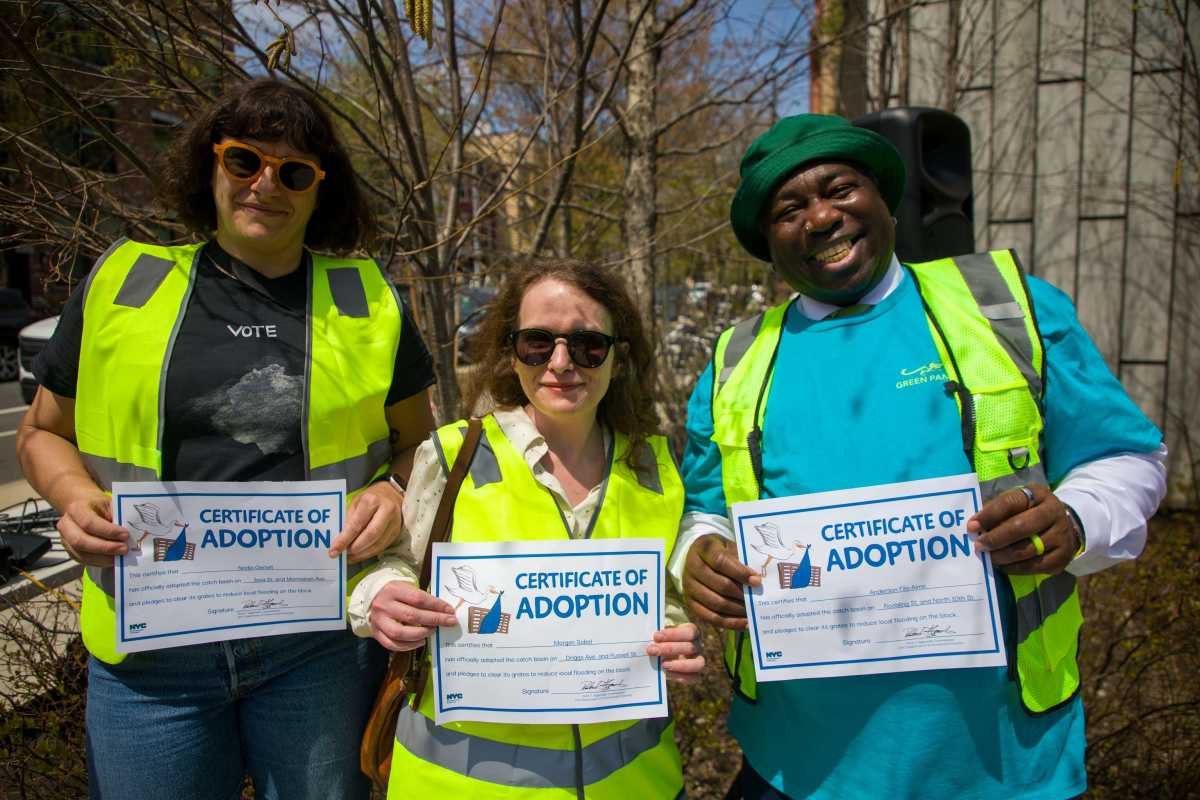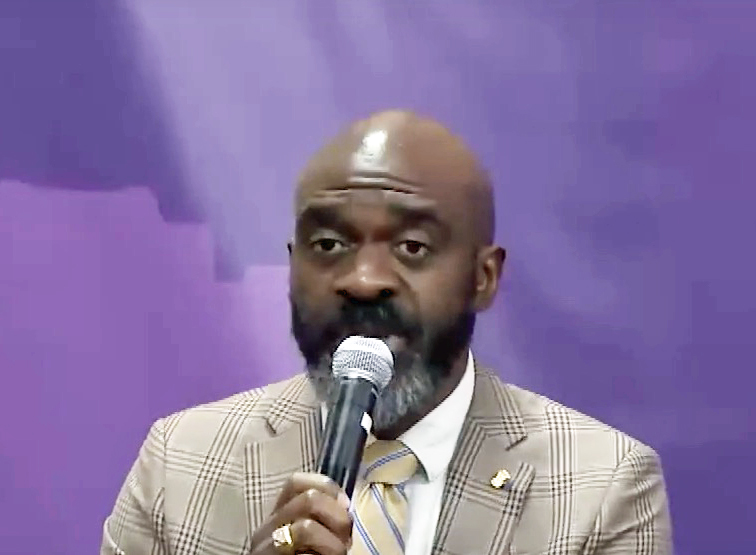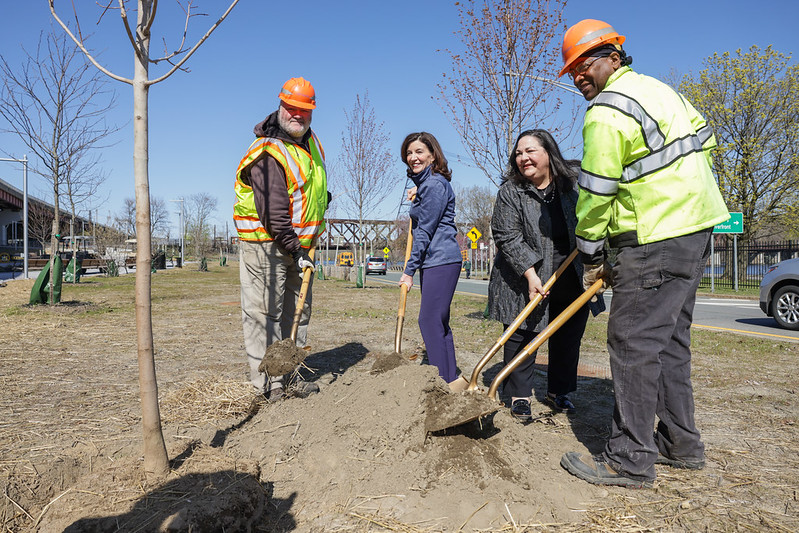Monday is the day for what F train riders remain after the devastation of the coronavirus as the MTA finally begins work to rehabilitate the Rutgers Tube between Brooklyn and Manhattan similar in fashion to that of the L train.
Weekend and overnight service is expected to be suspended for three weeks starting Monday to reinforce the bench-walls of the tunnel after it was flooded during Superstorm Sandy in 2012.
That means no service between the East Broadway or York St stations between 9:30 p.m. and 5 a.m. and service will again be suspended on the same schedule for four months in early 2021, according to the MTA.
“Once complete, we will have rehabilitated every tunnel damaged during Sandy, further fortifying the system against future natural disasters,” said Sarah Feinberg, interim President of MTA New York City Transit. “We’re working to make sure this work leads to as few disruptions as possible for our customers and look forward to getting this vital project underway in the weeks ahead.”
According to the agency, the night and weekend work will avoid inconveniencing 35,000 riders, but whether or not this figure represents pre-pandemic ridership or current, reduced numbers due to COVID-19 is unclear.
What is clear is that the MTA is taking the same approach to the L train which instead of shutting down the Canarsie Tunnel altogether, avoided a more invasive approach to rehabbing and improving service with help from Cornell University and includes a new cable management racking system.
As opposed to the 15-month closure of the L train tunnel, the Rutgers Tube will be finished in 14 months, the MTA said.
“The L train project demonstrated that the MTA can deliver major projects much faster and at less cost than anybody expected,” said Janno Lieber, President of MTA Construction and Development. “Now, with the Rutgers (F Train) tube, we’re on a mission to prove that we can make it the norm, as we continue to embrace advanced technologies and private sector development techniques.”
Replacement of track, signal equipment, power and communication cables, fan plant equipment, tunnel lighting and pumps are within the scope of the project. More efficient pump systems will aid the removal of water in the case of another Sandy-like storm which filled the tunnel with 1.5 million gallons of sea water in 2012.
Service changes to brace for are as follows:
- F trains will be rerouted on the A/C line between Jay Street-MetroTech in Brooklyn and West 4th Steet in Manhattan.
- F trains will be rerouted on the E line between West 4th Street in Manhattan and 36th Street in Queens.
- E trains will be rerouted on the F line between 36 Street in Queens and Delancey Street-Essex Street in Manhattan, the first or last stop for all E trains in Manhattan.



